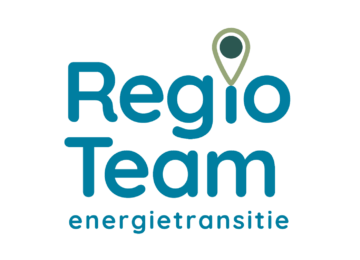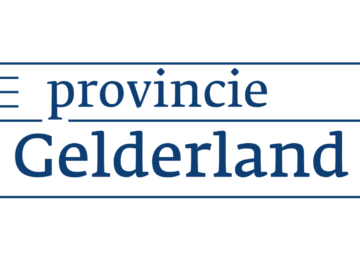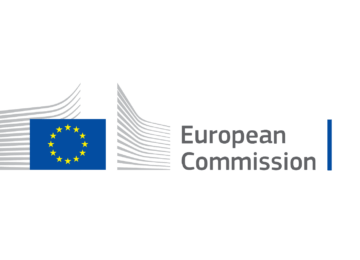Cabinet publishes National Agenda for Underground Hydrogen Storage
Last week the outgoing cabinet published the National Agenda for Underground Hydrogen Storage. The purpose of the National Agenda is to identify and outline the preconditions, development strategy and actions needed to timely meet the future need for large-scale underground hydrogen storage in the Netherlands. Energy Storage NL was involved in the creation of this agenda.
Underground hydrogen storage is indispensable to ensure the integration of solar and wind energy into our energy system, according to the report. Without sufficient buffer capacity, the Netherlands will face increasing losses of renewable energy and a higher dependence on imports, putting pressure on security of supply.
Long development time
The Netherlands has two complementary storage routes: salt caverns and empty gas fields. Both are technically proven, but have project cycles of at least 10 to 15 years due to necessary safety and permitting processes. The agenda emphasizes that if sufficient investment in prospecting, exploratory drilling and planning preparations is not made now, the opportunity to achieve operational capacity before 2035 disappears. This also removes the opportunity to respond to the rapidly growing demand for large-scale storage.
There remains uncertainty about the exact size and timing of future storage needs. Current projects, according to the National Agenda, are likely to cover only the lower end of the required range. Therefore, an adaptive approach is taken: two extreme futures (with and without underground storage) are qualitatively explored to identify the implications for the energy system and public interests such as reliability and security. In this way, policy options remain open and cores can be adjusted earlier as new insights emerge.
Ambitious timelines with programmatic approach to 2035 and beyond
The long lead times and financial risks deter market participants from investing independently. The Agenda underlines that without public funding and the strategic deployment of state participations, the business case is insufficiently robust. Only with 'de-risking' via public participations and guarantees can the first projects, such as HyStock and demonstration storage in gas fields, be realized successfully.
Therefore, a concrete roadmap is proposed which ensures a programmatic approach to the development of underground hydrogen storage: in 2026 exploratory drilling for new caverns will be started, in 2031-2037 HyStock should be operational and before 2040 a working stock of thirteen caverns will become available. In addition, a demonstration project in a gas field will be realized starting in 2026.
Call EnergyStorageEN: Now get to work fast!
Energy Storage NL welcomes the clear vision: for the first time we see underground hydrogen storage truly recognized as a strategic asset for the Netherlands. The agenda not only shows ambitions in timelines, but also recognizes the market failure that hinders investment and calls for more government participation. The task now is to actively deploy the necessary instruments from this vision: make the financial resources available for the first projects, facilitate public participation in order to 'de-risk' market parties, and simplify licensing procedures so that storage sites can be developed quickly.
Latest News
 News
News
Response from the regional energy transition team to the draft policy on large-scale battery storage in Flevoland
December 23, 2025 News
News
Compliment of the month: Provincial Council of Gelderland
December 18, 2025 News
News


